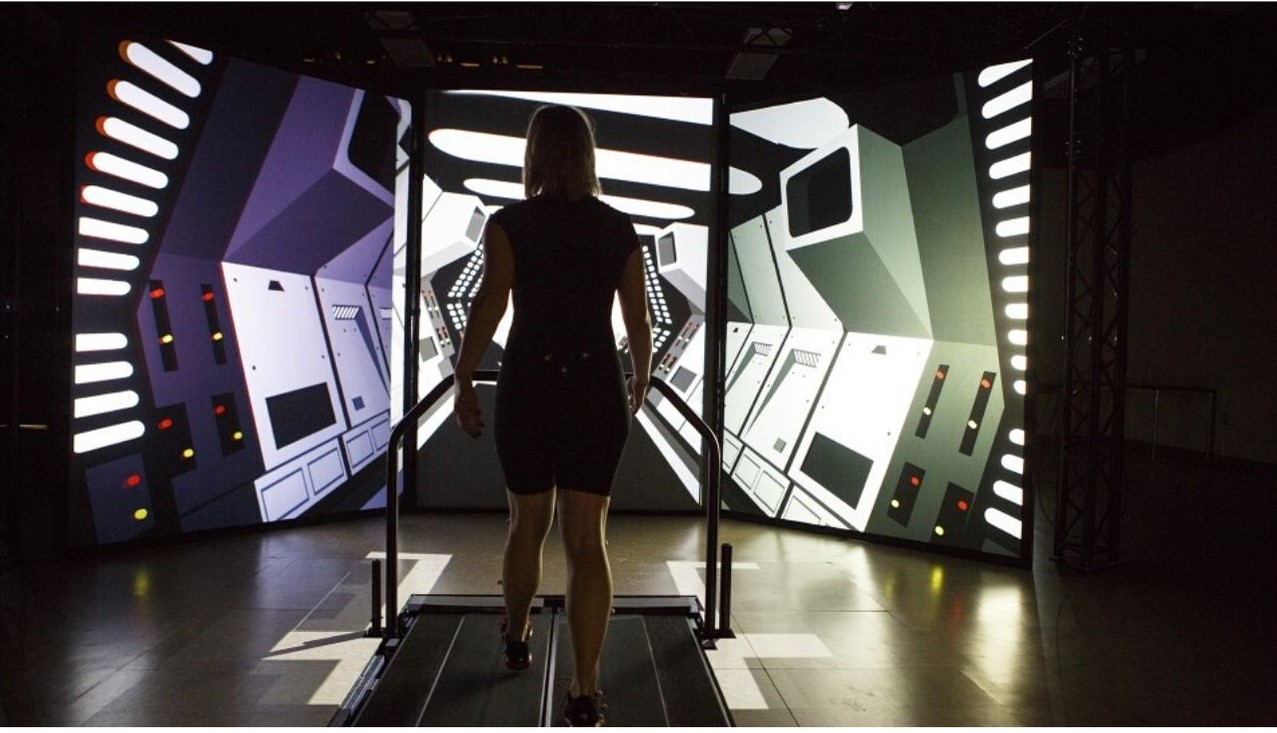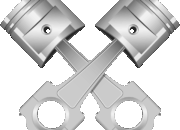Biomechanics sits at the exhilarating intersection of physics, biology, and mathematics, weaving a tapestry that elucidates the intricate dynamic between muscular function and motion. It is a realm where every muscle contraction reverberates with the elegance of Newtonian physics, and the motion of limbs blends harmoniously with the symphony of metabolic processes. In this article, we shall dissect whether biomechanics is a hard class, exploring the multifaceted dimensions of muscles, math, and motion. The journey through this course is akin to traversing a labyrinth, where both challenges and revelations await at every turn.
The allure of biomechanics can often entice students with the promise of understanding the mechanical functions of living organisms. While the subject captures the imagination by relating complex human movements to fundamental physical principles, it does not come without its obstacles. Students are confronted with a curriculum replete with intricate terminology, mathematical formulations, and demanding analytical skills. To navigate these waters effectively requires not just intellectual acuity, but also a deep-seated passion for the life sciences.
At its most fundamental level, biomechanics utilizes the principles of physics to evaluate the movements of the human body. Muscles serve as the driving force behind movement; they are the engine in this finely tuned machine. When one considers how muscles contract to produce motion, we begin to delve into the core of biomechanics. Each muscle contraction can be compared to a finely calibrated spring, each with its unique properties of elasticity and force. As we inspect the forces at play during activities such as running or lifting, we employ vectors to represent these forces, representing direction and magnitude in tandem.
Many students find the mathematical components of biomechanics daunting due to the integration of algebra and calculus, intertwined with trigonometric relationships. By employing various mathematical formulas, students learn to quantify aspects such as torque, power, and angular motion. Understanding these equations transforms abstract concepts into tangible insights. For example, interpreting the equation for torque (τ = r × F), where ‘r’ represents the distance from the pivot point and ‘F’ is the force applied, brings clarity to the effect of a muscle’s line of action on the joint movement. This math acts as a compass, guiding students through the undercurrents of biomechanics.
As we penetrate deeper into this subject, we observe how biomechanics explores external factors influencing movement. It’s not merely a narrative of muscles in isolation but an expansive inquiry that encompasses gravity, friction, and even the surface on which movement occurs. When considering the biomechanics of running, one must reflect upon the intricacies of gait analysis, which examines how various forces interact with the body in motion. The runner’s foot strikes the ground with a force greater than their body weight—a testament to the complex interplay between muscular force and gravitational pull.
The practical applications of biomechanics further illuminate its profundity. In fields such as sports science, rehabilitation, and ergonomics, the knowledge gleaned from biomechanics yields beneficial outcomes. When athletes are analyzed through biomechanical assessments, performance can be refined, and injuries can often be averted or rehabilitated more efficiently. Herein lies the unique appeal of biomechanics: it possesses the potential not only to unravel the mechanics of movement but also to enhance human experience through the optimization of performance and the amelioration of suffering.
Those embarking on this academic pursuit may grapple with advanced topics such as fluid dynamics and the bioenergetics of muscle contractions. Fluid dynamics explores the effects of fluid forces on movement, unveiling how air resistance might impede a cyclist’s velocity or how water currents could mold a swimmer’s technique. The mathematical intricacies in these domains can at times present formidable challenges, demanding both perseverance and a conceptual grasp of differential equations. Yet, these issues only serve to deepen the intrigue, inviting students to refine their analytical faculties in the process.
Furthermore, biomechanics is inextricably linked to emerging technologies that amplify its reach and application. Motion capture technology, for example, allows for an unprecedented analysis of movement, enabling scientists to visualize data and apply it in real-time assessments. This evolution of biomechanics holds the promise of redefining rehabilitation protocols and enhancing athletic training regimens by employing data-driven strategies. Students who embrace this dynamic blend of biology, physics, and technology will find a cutting-edge vantage point in their studies.
While biomechanics is undoubtedly challenging, the intellectual rigor involved may also be its most appealing feature. Each nuanced mathematical equation holds the secrets to understanding human movement in ways that can have profound impacts on fields such as engineering, medicine, and sports. In this light, challenges should not be perceived merely as hurdles but rather as gateways to mastery—inciting curiosity and inspiring both students and practitioners alike.
In conclusion, biomechanics offers a captivating yet arduous journey into the marvel of motion. Its entanglement of muscular dynamics, mathematical finesse, and practical implications creates a multidimensional academic landscape. Students who endeavor to conquer this subject not only enhance their understanding of fundamental scientific principles but also equip themselves with the skills to navigate a field ripe with innovation and applicability. Ultimately, the question of whether biomechanics is a hard class may yield a resounding affirmation—yet, it is precisely this complexity that transforms the study of motion into an extraordinary endeavor.










